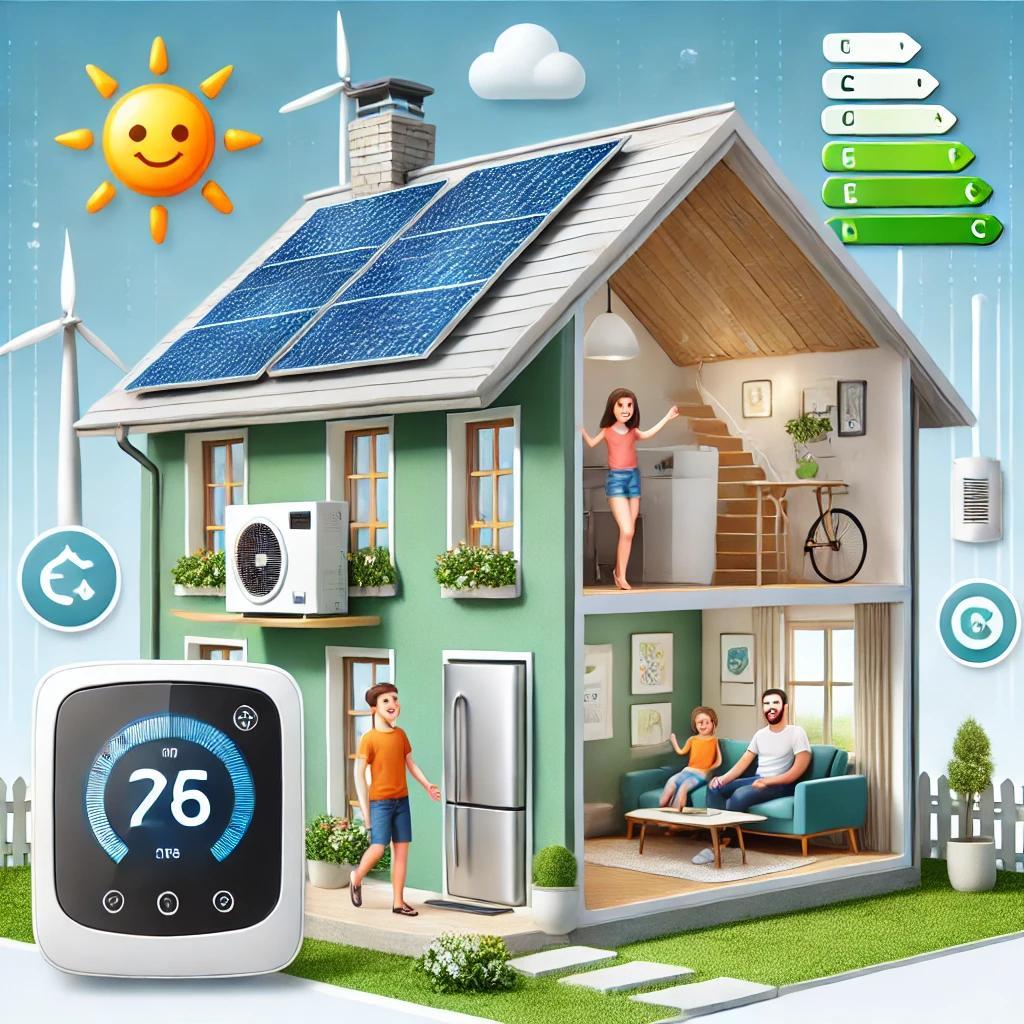Tips for Reducing Energy Costs During the Summer

As the sun graces us with its presence longer during the summer, energy bills tend to rise along with the temperatures. Yet, there's hope in the form of smart energy management within communities, allowing for cost reduction without sacrificing comfort.
While it's evident that energy management is beneficial—nearly everyone desires lower bills—getting there can come with hurdles. It's crucial to approach community energy conservation logically and with patience. There might not be any magical solutions, but vast opportunities exist to cut costs on many properties. Engaging with professionals who understand this landscape can guide you on where to begin and how to proceed effectively.
The encouraging part is that setting up an energy efficiency program is achievable. By following some key steps, it's possible to overcome challenges and enjoy reduced energy expenses throughout the summer months.
Steps to Trim Summer Energy Costs
1. Enhance Energy Awareness at Home
Encourage residents to adjust lifestyle habits, like increasing thermostat settings, which can lead to savings of 1-3% for each degree above 72. Routine changes such as replacing air filters can cut energy usage by 5% to 15%. While replacing old A/C units or having professional coil cleanings require investment, they offer potential savings between 20%-50%. Ensure that your community is informed about these benefits to facilitate the approval of necessary investments.
2. Conduct an Energy Audit
A thorough energy audit provides insight into energy usage and highlights potential savings. You might opt for a professional third-party audit, although some utility companies offer this service. Although this step may involve a fee, the subsequent savings often justify the initial expense.
3. Explore Other Communities' Practices
Cities like Chicago, Seattle, Philadelphia, Los Angeles, Boston, Atlanta, Denver, New York, and Washington, D.C. have implemented regulations that require communities to track their energy consumption. These communities collect data before and after implementing efficiency measures to highlight savings. Identifying and contacting similar communities in these cities can inspire your own energy strategy.
4. Seek Financial Resources
Financing improvements necessary for energy efficiency might be easier than anticipated. Local utility providers often offer incentives. Additionally, nonprofit organizations, government programs, low-cost loans, and vendor 'shared savings' programs are available. It's essential to communicate that any initial expenditures will eventually be returned through future savings.
5. Emphasize Additional Benefits
Should you encounter resistance from cost-conscious decision makers, remind them of their fiduciary duties. Energy savings allow for reallocation of funds, which can support reserve funds or community projects. Conveying energy efficiency as a long-term financial strategy rather than a short-term cost can shift perspectives.
6. Develop an Energy Savings Strategy
With support from your board, utilize insights from your energy audit to craft a comprehensive savings plan. Engage property management firms that specialize in creating strategic, step-by-step plans for maximized savings, and incorporate ongoing metrics to showcase consistent savings.
Prepare to enjoy significantly lower energy bills this summer by educating your board and community on the benefits and practicality of energy efficiency initiatives. Implement these strategies, and reduced costs will soon follow, adding comfort to your summer experience.





